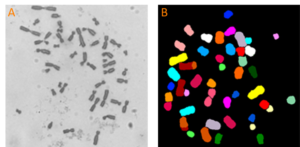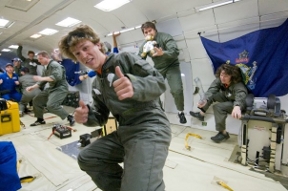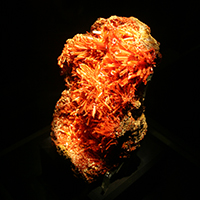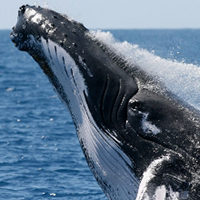| Scientific discovery is a major part of the work of The Wise Laboratory. We approach our studies with a “One” environmental health philosophy. This perspective means, we consider human health, animal health, and ecosystem health to be intertwined and interdependent, such that there is only “one” health. Thus we study and compare outcomes in humans, with whales, alligators and sea turtles and ecosystem changes to better understand the impacts on health, to discover novel adaptations in animals that may improve insights into human health and to use human health data to better conserve wildlife and protect the ecosystem.
Our work includes laboratory-based mechanistic investigations using fundamental and state-of-the-art cellular and molecular toxicology tools combined with ship-and-shore-based work at field sites described on our Scientific Explorations page. One major area of discovery for us is to understand how environmental chemicals convert normal cells into tumor cells to cause cancer. In this work, we focus on structures inside cells called chromosomes, which contain the cell’s DNA. We study how changes in the number and structure of these chromosomes leads to cancer. Figure 1a shows what chromosomes look like in the microscope. Figure 1b shows a laboratory method to color them.
 More specifically, we investigate how chemicals damage DNA and interfere with the ability of cells to repair the DNA damage to cause structural chromosome damage. We also study how chemicals interfere with mitosis (a phase in the growth cycle of a cell when it divides to produce new cells), and centrosomes (the structures in a cell that guide the activities in mitosis) to cause changes in chromosome numbers. Figure 2 shows the amplification of centrosomes induced by an environmental chemical.

We also seek to understand how factors may alter these outcomes. Thus, we study the ability of natural products like berries and beets to reduce or reverse toxic outcomes. We are also pioneering studies into how space travel in zero gravity may impact toxicity during space exploration. Figure shows our students floating in zero gravity during a flight with NASA.  A second major area of discovery for us is to understand the extent of exposure to environmental chemicals in wildlife and to understand how environmental chemicals damage chromosomes in wildlife species. The exposure may cause the damage and the damage may impact the ability of the animals to reproduce, their offspring to develop or may cause cancer in long–lived species. Some of our new directions include stem cell research, autophagy (a type of cell death) and three-dimensional cell culture. |
 (Read more) |

